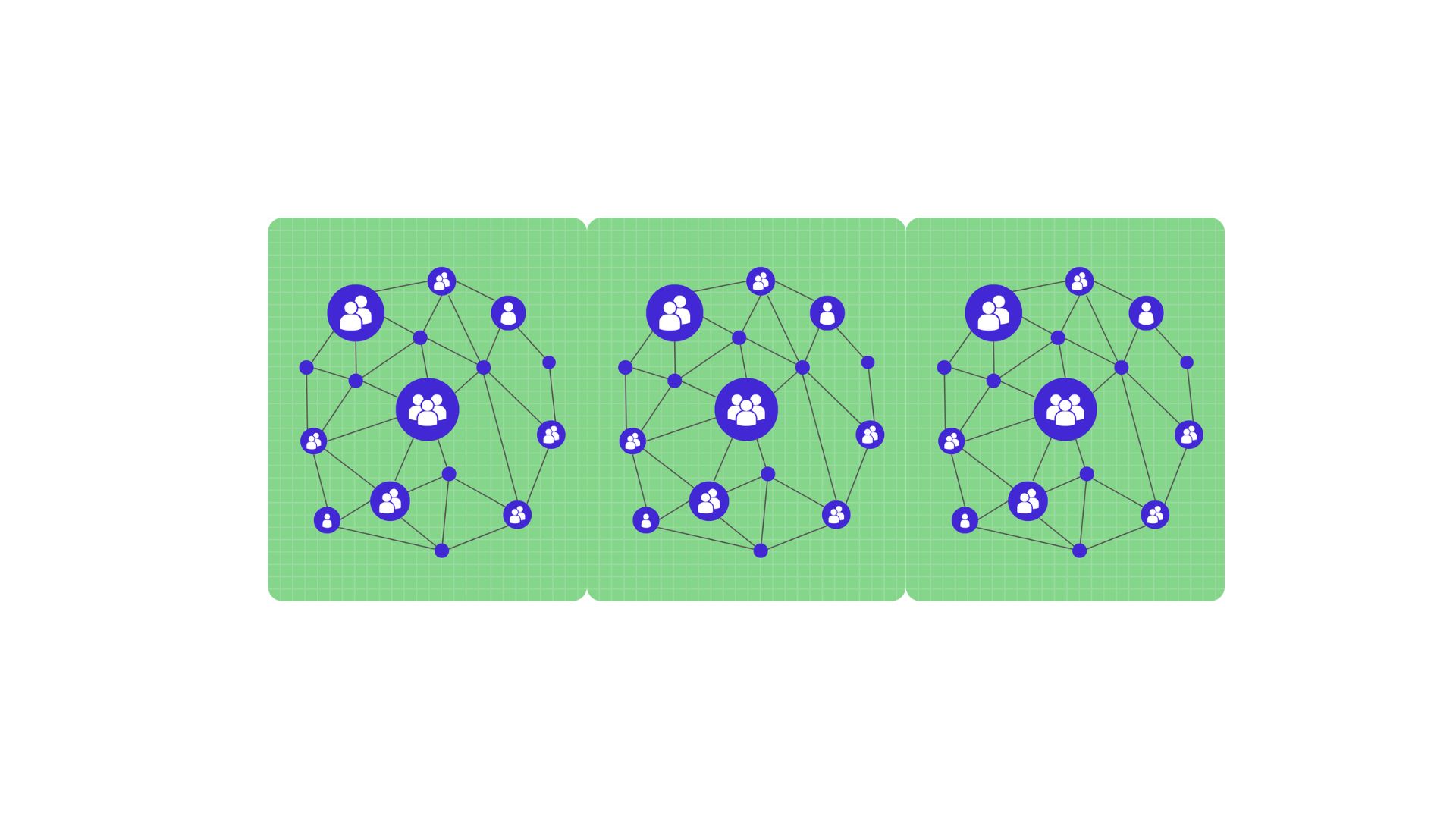
This blog is intended to support current and aspiring subject leaders to consider how to embark on transformational change, ensuring that you deliver on your goals. ...
As we prepare for the start of the new school year, we have been working with some of the schools using miMove to analyse their data from last year. Yes, they are easily able to see key metrics like average activity time per student, the most popular activities, activity rates in and out of school, percentage of students attending clubs etc. And all these data sets are able to be broken down by gender, year/grade, ethnicity etc to ensure PE teams work towards equity of provision with no students left behind.
However, data often raises more questions than it answers. The most critical question is, "So what?" What patterns and trends emerge from the data? From a school or department perspective, miMove provides tangible evidence to celebrate—whether it's increased activity rates, closing the gender activity gap, or engaging traditionally underserved cohorts. The next step is identifying areas for improvement and exploring how they might be addressed. The main levers for this are curriculum, pedagogy, and assessment, as well as the alignment between them. For instance, if the curriculum aims to foster positive relationships with physical activity, an assessment method that focuses solely on skill acquisition, knowledge, and understanding—without considering if and when each student is active—falls short.
Yet, education risks being driven solely by numbers when, in fact, the stories behind the numbers are far more impactful. In our year reviews, it was this qualitative data that provided deeper insights into students' lives and how and why they engage with sport and physical activity. Since our launch, we've been continually amazed by the honesty young people show in their reflections on miMove, often revealing deeply moving stories. Consider the following reflections from students at a high school in New Jersey, USA, viewed through the lens of the meaningful PE framework:
My dad loves cricket, and I got a bond with him over it, plus I love watching it, so playing it was even more fun.
This single line reflection was posted by a 16 year old girl of South Asian heritage. It says so much - strength of family relationships, culturally valued activities in this case from a minority group, fun and enjoyment. It’s clearly not just a game.
I went for a late-night walk with my family in my neighbourhood. It was incredibly relaxing, and I spent a lot of time with my family that I couldn’t have spent because of school and work.
This post also highlights the relationship between family and being active. It gives a glimpse of the real life challenges young people face in learning to juggle demands on their time especially, as is the case here, when they have a part time job. What would you do if this was a student in your class? In our support resources, we have downloadable certificates for students to acknowledge their commitment to physical activity. This surely qualifies.
It was super fun to play basketball. Open gym gives me a chance to relax and just play what I love.
This comment shows the deep emotional connection (love) that this young person has with basketball as well as the importance of, and delight gained from unstructured, informal activity. Whether it’s shooting hoops or perfecting stunts on a BMX, autonomous play can easily be devalued especially when compared to performance sport.
My fitness goal this year is to lose fat and regain some self-confidence. I'm aiming to be more healthy (calorie counting/diet) and active throughout the day (Muscle training, Flexibility, Cardio, etc.) to give me a sense of accomplishment.
A fitness goal I want to work towards is running a mile, I don’t really know how to start though.
These two statements from different students represent the power of tech like miMove for students to confidentially initiate personalised learning conversations. The second one is quite straightforward but the first requires sensitive, trusted, skilled and informed support. It touches upon the complex relationship between fatness and self worth. This student may well be vulnerable to the sort of misinformation that is so readily available on social media. It’s a wonderful opportunity for a teacher to show they care and really make a difference.
miMove allows you to capture the above data on an ongoing basis allowing you to see and hear every student at a glance, to know more about them and to respond in a caring way that speaks directly to them. This sort of information also triggers bigger, more challenging questions e.g. What might PE look like if it was to prepare young people to be active in the world they live in rather than elevate specific ways of engaging with specific activities where success is defined by better ‘performance’?
Wishing you all the very best for the new school year. If you are looking to transform PE in your school and you are on a journey towards personalised, meaningful PE, click here to get in touch to find out how miMove can help.
If you enjoyed this blog, click here to see how you can set goals, track progress and monitor success over the coming year.
You might also enjoy this conversation about success in PE (30mins).

This blog is intended to support current and aspiring subject leaders to consider how to embark on transformational change, ensuring that you deliver on your goals. ...

A few weeks ago, I observed an enthusiastic and committed pre-service teacher deliver a basketball lesson. The learning objective was ‘how to defend’ and the...